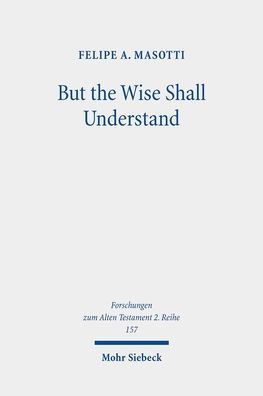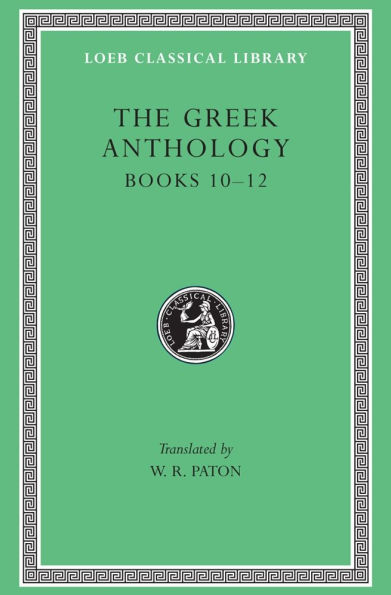Home
But the Wise Shall Understand: Reuse of Prophecies, Chronotope, and Merging of Eschatological Horizons in Daniel 10-12
Barnes and Noble
Loading Inventory...
But the Wise Shall Understand: Reuse of Prophecies, Chronotope, and Merging of Eschatological Horizons in Daniel 10-12 in Franklin, TN
Current price: $138.00

Barnes and Noble
But the Wise Shall Understand: Reuse of Prophecies, Chronotope, and Merging of Eschatological Horizons in Daniel 10-12 in Franklin, TN
Current price: $138.00
Loading Inventory...
Size: OS
Felipe A. Masotti demonstrates how the closely related phenomena of literary reuse of prophecies and time-space representation are employed in Daniel 10-12 to describe the ultimate end. Adopting Bakhtin's chronotope concept, Masotti shows how prophetic texts from Numbers, Isaiah, Jeremiah, Ezekiel, and Habakkuk are strategically reused to build a narratological architecture emphasizing the eschatological expectancy of an impending divine intervention. This volume illustrates how Daniel 10-12 creates a tension between conservatism and innovation regarding older eschatological expectations. Consequently, it unveils how the chronotopical architecture of Daniel 10-12 grounds a theology of God's sovereignty over classical prophetic time, and how the merging of eschatological horizons between its apocalyptic discourse and the reused prophecies is intentionally achieved through textual saturation.
Felipe A. Masotti demonstrates how the closely related phenomena of literary reuse of prophecies and time-space representation are employed in Daniel 10-12 to describe the ultimate end. Adopting Bakhtin's chronotope concept, Masotti shows how prophetic texts from Numbers, Isaiah, Jeremiah, Ezekiel, and Habakkuk are strategically reused to build a narratological architecture emphasizing the eschatological expectancy of an impending divine intervention. This volume illustrates how Daniel 10-12 creates a tension between conservatism and innovation regarding older eschatological expectations. Consequently, it unveils how the chronotopical architecture of Daniel 10-12 grounds a theology of God's sovereignty over classical prophetic time, and how the merging of eschatological horizons between its apocalyptic discourse and the reused prophecies is intentionally achieved through textual saturation.







![Detective Montalbano: Episodes 10-12 [3 Discs]](https://prodimage.images-bn.com/pimages/0815047013001_p0_v3_s600x595.jpg)









